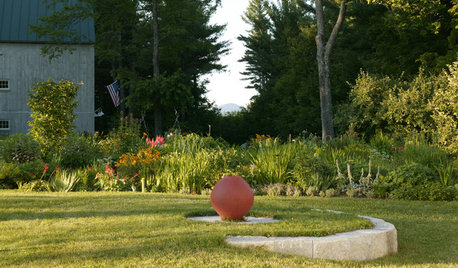scale on Rhodie
stones_throw
16 years ago
Related Stories

LANDSCAPE DESIGNGarden Overhaul: Which Plants Should Stay, Which Should Go?
Learning how to inventory your plants is the first step in dealing with an overgrown landscape
Full Story
EXTERIORS8 Homes With Exterior Paint Colors Done Right
Get ideas for an exterior palette from these homes that run the gamut from Mediterranean to modern
Full Story
LANDSCAPE DESIGNWhen Less Is Really More in Your Garden
8 ways you can make a powerful garden statement by embracing simplicity and surroundings
Full Story





luis_pr
rhodyman
Related Professionals
Ballwin Landscape Architects & Landscape Designers · Fillmore Landscape Architects & Landscape Designers · Norton Shores Landscape Architects & Landscape Designers · Paradise Landscape Architects & Landscape Designers · Buford Landscape Contractors · Amesbury Landscape Contractors · East Lake-Orient Park Landscape Contractors · Lady Lake Landscape Contractors · Longview Landscape Contractors · Munster Landscape Contractors · Placerville Landscape Contractors · San Bruno Landscape Contractors · Streamwood Landscape Contractors · Thonotosassa Landscape Contractors · Maplewood Landscape Contractors